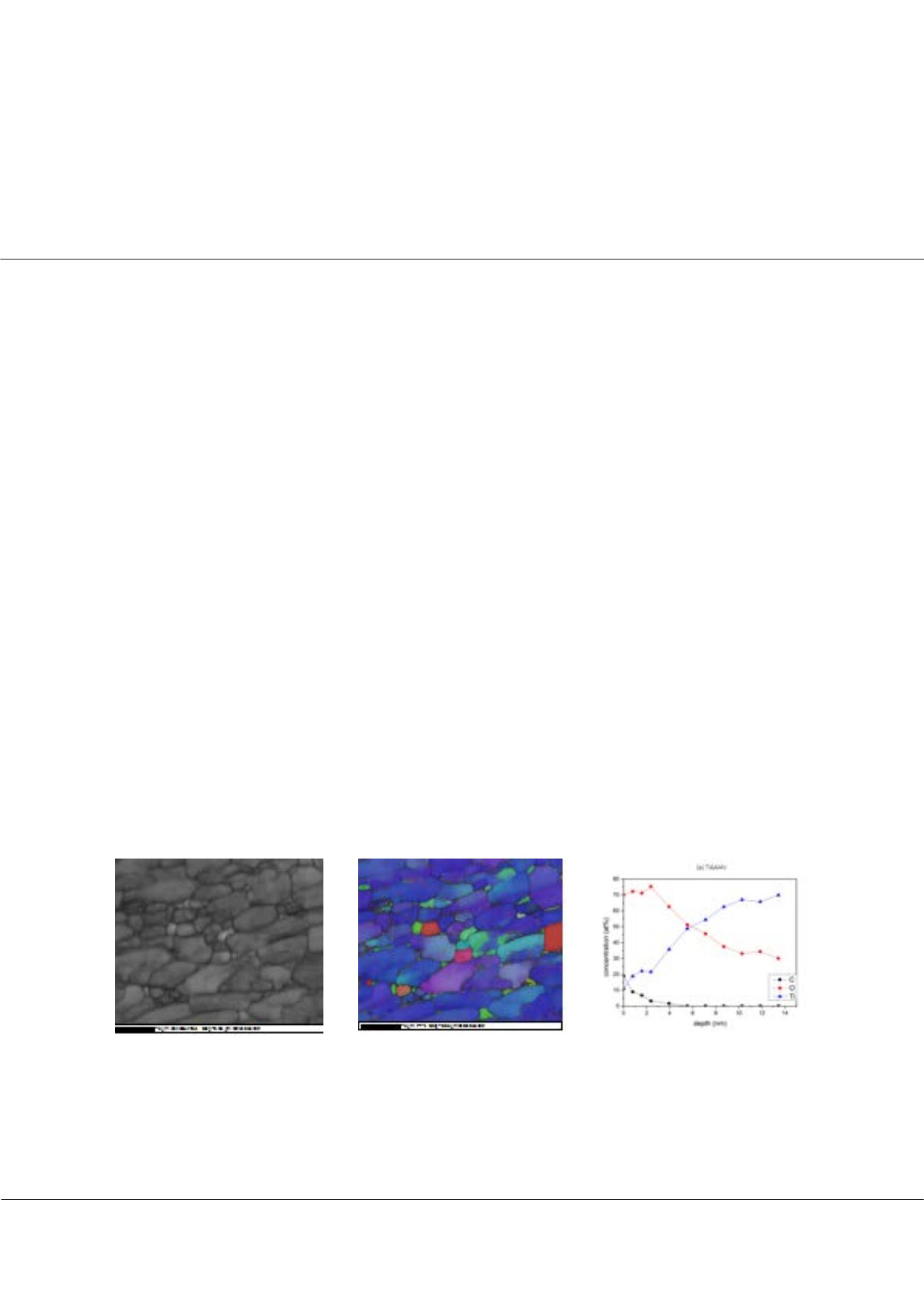

Page 53
conferenceseries
.com
Volume 8
Journal of Biotechnology and Biomaterials
ISSN: 2155-952X
Biomaterials 2018
March 05-06, 2018
March 05-06, 2018 | Berlin, Germany
3
rd
Annual Conference and Expo on
Biomaterials
Metallic biomaterials in endoprosthetics: The surface microstructure of retrieved hip and knee
endoprostheses
Monika Jenko
1
, Matjaž Godec
1
, Matevž Gorenšek
2
, Boštjan Kocjančič
3
and
Drago Dolinar
3
1
Institute of Metals and Technology, Slovenia
2
MD-Medicina, Slovenia
3
University Medical Centre, Slovenia
Statement of the Problem:
The endoprosthetics of hip- and knee-joint replacements is currently the most common and
successful methods in advanced surgery to treat degenerative joint disease for relieving pain and for correcting deformities.
While these surgeries have positive outcomes, approximately 10% of the implants fail prematurely. The most common causes
for revision surgeries are aseptic loosening and implant infection.
Orientation:
Microstructure is a neglected factor in implant design, and a detailed microstructure characterization is required
to determine the role of prematurely failed implants that determine the biological responses, such as the composition and
structure of the surface oxide film, the surface contamination and the surface topography. The release of metal ions and the
lack of the wear resistance of biomaterials result in implant loosening, which leads to implant failure. The release of metal
nanoparticles and polyethylene debris into the soft tissue at the site of the implants is decisive for osteolysis and the implants’
longevity.
Findings:
The surface chemistry of Ti alloys (Ti6Al4V, Ti6Al7Nb) and the CoCrMo alloy of (retrieved and new) hip and knee
endoprostheses components were studied in detail using advanced electron spectroscopy techniques FE-SEM, EDS, EBSD,
AES and XPS. We will present the findings from the clinical and materials sciences point of view. All the retrieved implants
were sent for sonication in Ringer’s solution for cleaning and pathology analysis. Later, they were dried and stored in special
sterile Wipak medical Steriking bags. All the X-ray images of implants in the patients are stored in the database of the UMC.
Conclusion&Significance:
The surface chemistry results showed that thinoxide films on the Ti alloys prevent further corrosion,
improve the biocompatibility, and affect the osseointegration. It is obvious that we need to keep an optimal microstructure
with regards to the corrosion and mechanical properties, which can be controlled through processing parameters and be
standardized in the near future.
EBSD mapping of Ti6Al4V phases, (a)band- contrast image, (b) phase-map image red Ti (hcp), green Ti -cubic (bcc), (c) AES depth profile of thin oxide film on Ti6Al4V alloy.
Monika Jenko et al., J Biotechnol Biomater 2018, Volume 8
DOI: 10.4172/2155-952X-C1-088
















